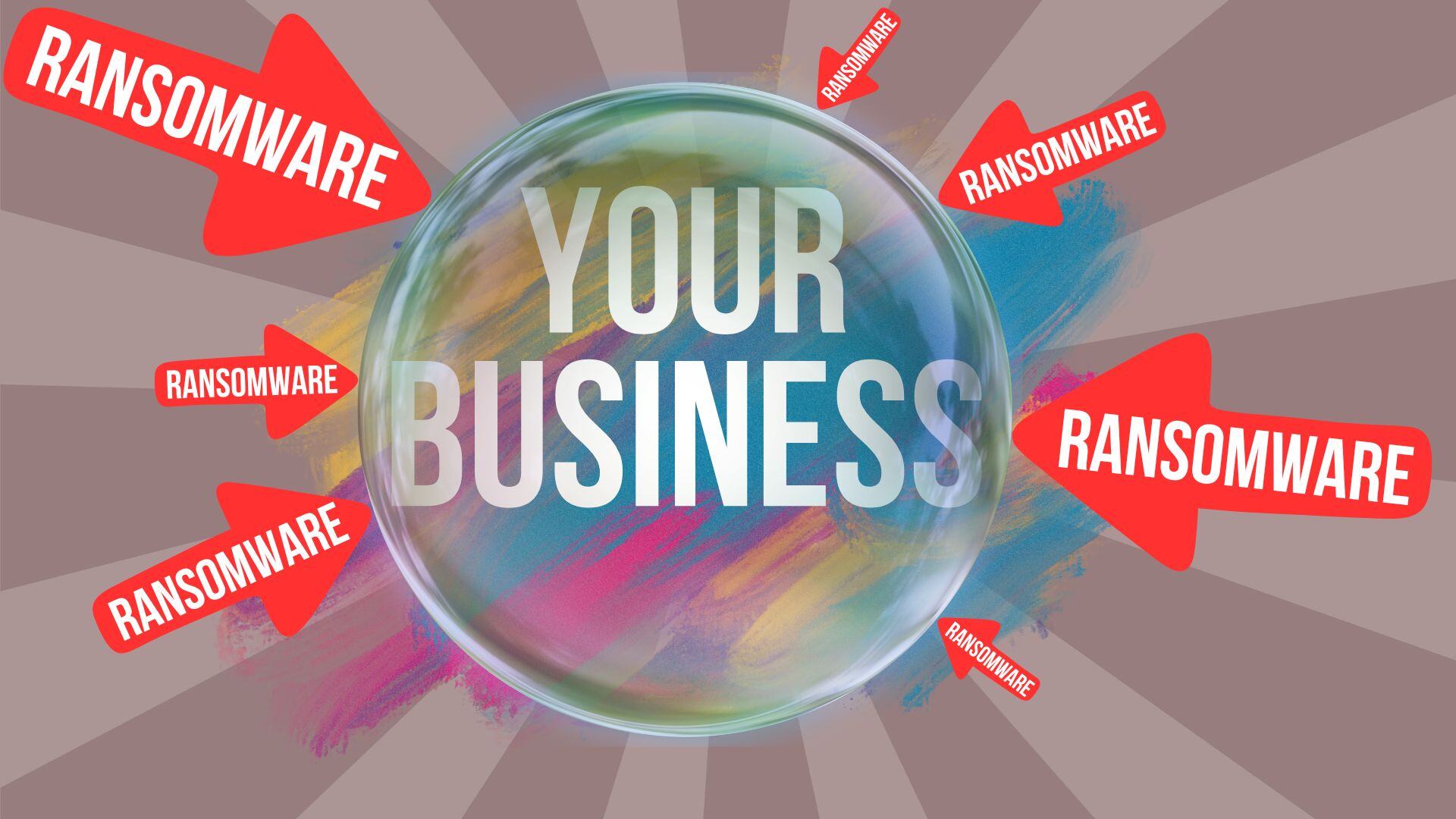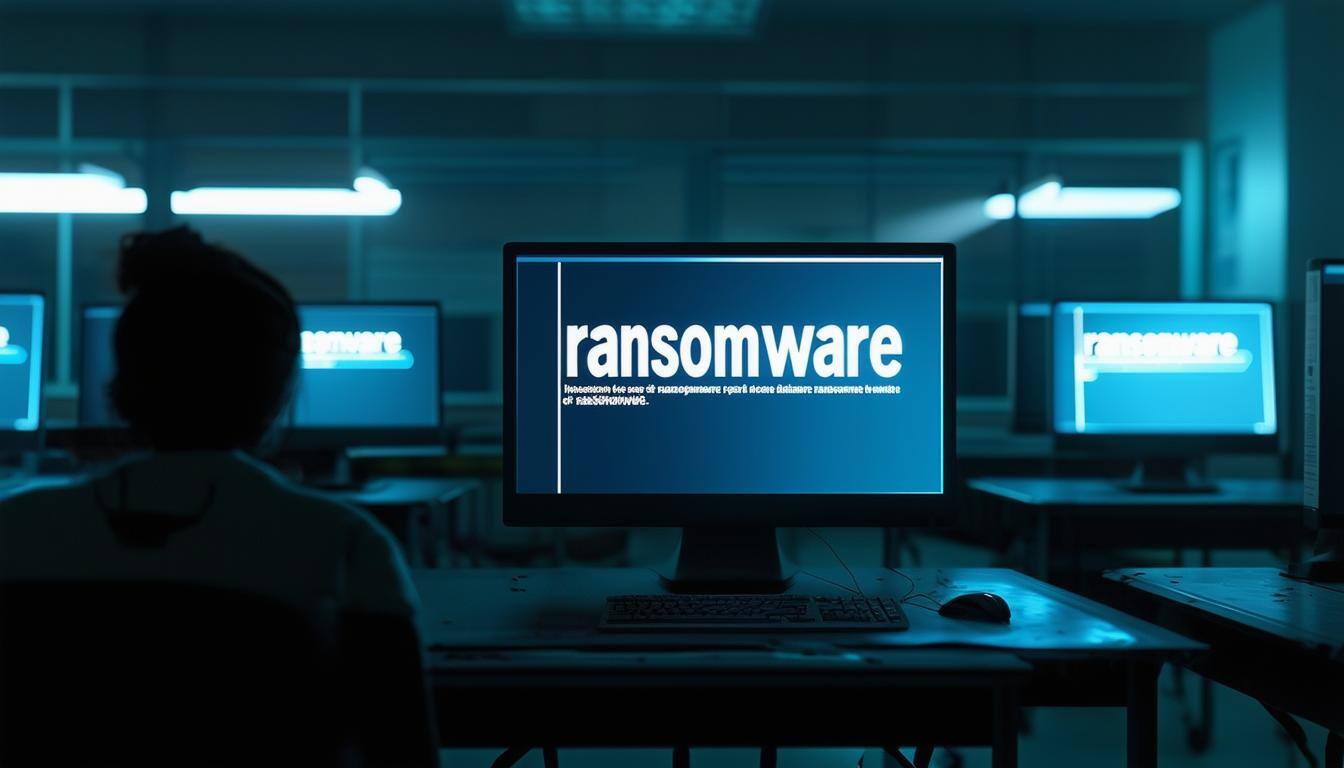How to Protect Against Ransomware
Imagine this: You walk into the office, coffee in hand, ready to start the day. You turn on your computer, but instead of your usual...
2 min read
 Natasha Giai
:
Jul 31, 2024 3:39:00 PM
Natasha Giai
:
Jul 31, 2024 3:39:00 PM

Imagine waking up one morning, turning on your computer, and finding that all your important files – everything from customer data to financial records – are locked tight. Then a scary message pops up, demanding a ransom fee to unlock them. That’s ransomware in a nutshell: malicious software that hijacks your data and holds it for ransom.
It often starts with an innocent-looking email or link. You might get an email that seems legitimate, asking you to click on a link or open an attachment. This is known as a phishing email, where the sender appears genuine but isn’t. Once you click, malicious software is silently installed on your system, and the cybercriminals quickly go to work.
They'll encrypt your files so you can’t access them and then send you that dreaded ransom note, demanding payment in exchange for a decryption key to unlock your files. Paying the ransom is risky because there’s no guarantee you’ll get your data back, and it just encourages the attackers to target more victims.
2023 was a particularly bad year for ransomware, with attacks surging after a two-year decline. According to reports, there was a significant increase in ransomware incidents, breaking a six-year record. One reason for this spike is the rise of Ransomware-as-a-Service (RaaS). This model lets cybercriminals "rent" ransomware tools, making it easier than ever for them to launch attacks.
As a result, more businesses are finding themselves posted on data leak sites, with a 75% increase in the number of victims between 2022 and 2023. And it gets worse: attackers are getting smarter. They’re developing new variants of old ransomware, sharing resources, and using legitimate tools for malicious purposes. They’re also working faster, often deploying ransomware within 48 hours of gaining access to a network. They tend to strike outside of work hours, such as when you’re asleep, making it less likely to be noticed.
If your business falls victim to a ransomware attack, the consequences can be devastating. You might face significant financial losses, not just from the ransom itself but also from the cost of downtime and recovery. There’s also the risk of losing critical data if you can’t decrypt your files. Your reputation could take a hit if customers find out their information was compromised, and your business operations could be severely disrupted, affecting your ability to serve your clients.
The most important question is: How can you protect your business from this growing threat?
If you do get hit by a ransomware attack, don’t panic. Work with cybersecurity experts (like us) to resolve the issue. Remember, it’s best not to pay the ransom as it only fuels the cybercriminals’ activities.
My team and I help businesses take proactive action to protect their data. If we can help you, get in touch.
Stay safe and secure!

Imagine this: You walk into the office, coffee in hand, ready to start the day. You turn on your computer, but instead of your usual...

If you’re running a small business, you’ve got enough to deal with—keeping customers happy, managing employees, and trying to keep the coffee pot...

2023 was a tough year for schools and colleges across the nation. Not only did they face the typical challenges of running educational institutions,...